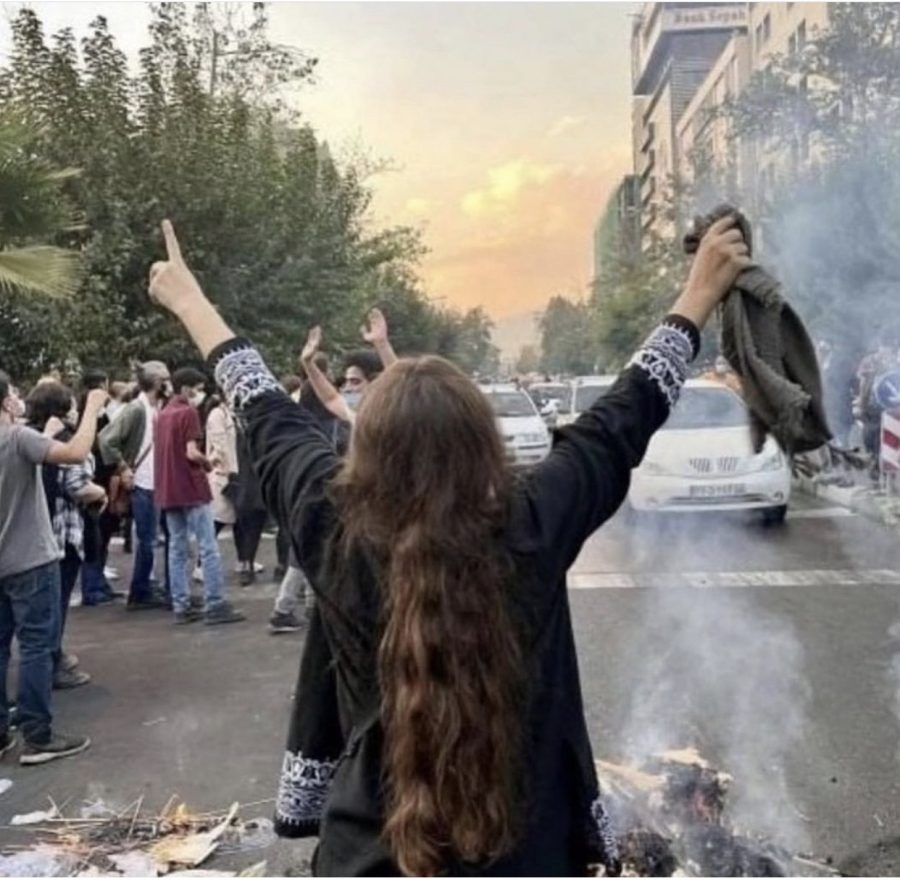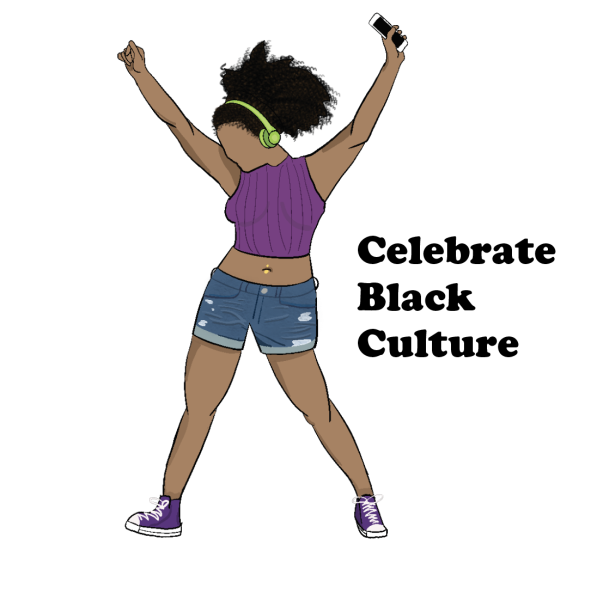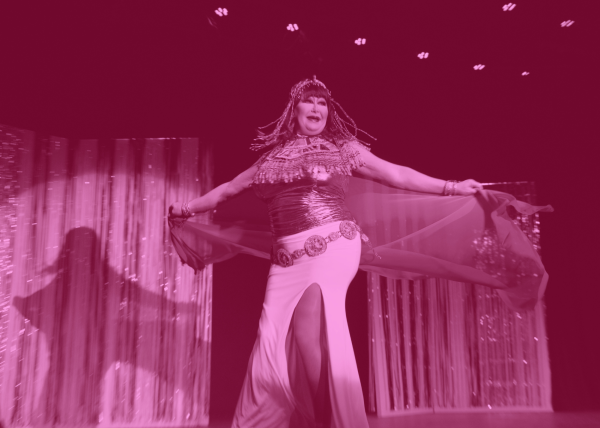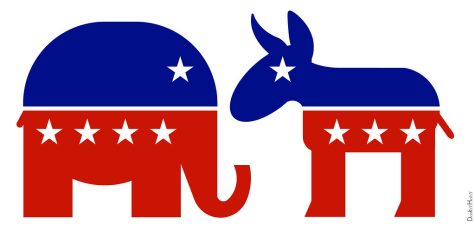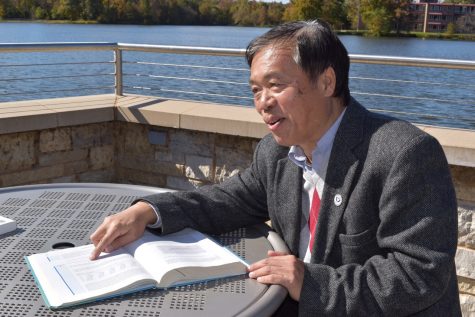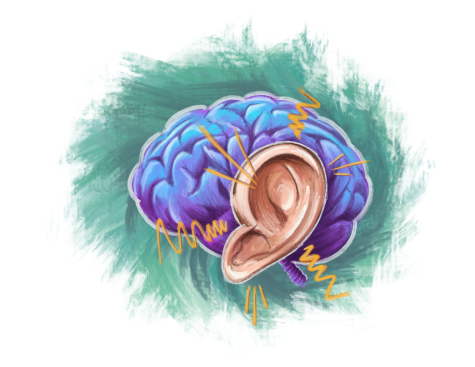“For woman, life, freedom:” Iranian protestors resist repression
In January 2016, on Enghelab Street, Vida Mowahed took off her scarf, put it on a stick, stood at a height and created a symbol more beautiful than all the statues of freedom. She started the protest movement called “Girls of Enghelab Street,” and her image remained in the history of Iran’s freedom fighters. It should be noted that Enghelab means revolution.
In September 2022, Jina (Mahsa) Amini, a 22-year-old Kurdish girl, was killed when she was in the custody of the Iranian morality police. Now, women are taking off their headscarves and setting them on fire in protest against this obvious violence by the police. It’s a much more shocking behavior than Vida Mowahed’s movement, and yet it’s a continuation of her movement. Today, the protest movement against the mandatory hijab has taken a bigger step forward in the same way as the Iranian women’s movement.
In these protests, the important role of the #MeToo movement cannot be ignored. This movement has a valuable contribution to raising awareness about widespread and systematic violence against women, as well as violence against all which do not fit into any conventional gender classification.
Advertisement
By narrating people’s experiences to a large number of people, this movement showed that wherever power relations are established, violent behavior and sexual coercion are applied on a wide scale.
In the #MeToo movement, shame was left out of the narration to a large extent. Now no one can easily shame narrators (make them feel ashamed) or call them hysterics.
Today, the narratives have become believable. When the story of Jina (Mahsa) Amini being arrested, going into a coma and then dying was published, women in the street set fire to their scarves in protest of this obvious oppression. Setting fire is an offensive behavior, and there is a strong will behind such a move.
In the winter of 1922, a pamphlet called “Makr-e-Zanaan” was published in Tehran. Boys were selling these pamphlets in the main squares of the city. The text of this pamphlet angered the women, many of whom were members of Iran’s Patriotic Women’s Movement, who had made sisterhood vows with each other
They bought these pamphlets, gathered in Tehran’s Toopkhaneh Square and burned all the pamphlets of “Makr-e-Zanaan,” reminiscent of the way Black people also burned sugarcane fields in the anti-slavery movement in the Americas and Carribean.
In Iran, fire, among all its meanings, is a reminder of the ancient custom of women’s self-immolation. A woman who self-immolates against the patriarchal system has no hope of change and has the will to self-immolate, and in fact, to end the torture that is imposed on her in different ways has no other way than self-immolation. The hand that sets a woman on fire is the hand of the patriarchal system that ignites the fire.
Advertisement*
Today, we have become aware that we must see the oppression of people regardless of the gender in which we are classified; we can no longer explain the different forms of oppression and discrimination in the framework of male domination. We try to see multiple oppressions; we try to understand power relations and see discrimination based on race, immigration, religion, ethnicity and sexuality. We know that until we understand the nature of discrimination and violence in multiple ways, we will not be able to deal with reactionary policies and authoritarianism in today’s world.
Today, women no longer sacrifice their lives to oppression; they do not burn their women, but they burn the symbols of oppression and coercion. Burning the hijab is a sign of hope, a kind of liberation, and people around the world support this movement.
In the protests that started after the murder of Mahsa Amini, the slogan “Jan, Jian, Azadi” was chanted from Kurdistan, and shortly after this slogan was heard in Tehran: “Woman, life, freedom.” In fact, the slogan “Jan, Jian, Azadi” was born from the field of women’s struggle in the Rojoa Revolution; today, it has crossed ethnic and local borders, has become a national slogan and is even heard in a wider area beyond the borders, as heard from Esteghlal Street in Istanbul, Turkey. A hopeful and powerful slogan is chanted: Life-giving women, liberating liberators.
“Unity” is the most important action that people perform in the street today. With their presence, with their slogans and songs, the people act against oblivion, and they have not forgotten the names: Jina (Mahsa) Amini, Sahar Khodayari, Romina Ashrafi, and Neda Agha-Soltan. These women “don’t die, they become symbols”; they become code names.
Unity can also be seen in the narration of the movement: narration of sexual violence, the narration of the experience of being exposed to the violence of the morality police and narration of the experience of being in commercial places – coffee shops, restaurants, Snap taxis, and other places – where the owners businesses warn women to wear hijab.
Today, a significant number of religious people, veiled women and men who clearly belong to religious and traditional families, and even Iranian clerics want to cancel the compulsory hijab law and collect the guidance patrol. In the history of Iranian popular movements, this form of unity is very novel. In the meantime, we are witnessing Afghans accompanying Iranian protesters.
Many Afghans have expressed their support for the people’s protests in cyberspace, and these voices of unity are heard from Afghanistan, which today is suffering more than Iran under the oppression of the Taliban government. Now, a way has been made to think in unity, united thinking combined with respect, attention and conscious sensitivity toward the plurality and diversity of people.
Now, many people have put aside their doubts about the emancipatory scope of the women’s movement and are walking in the street with more determined steps with protesting women and shouting: “Woman, life, freedom.” With this type of implementation of “popular sovereignty,” a firmer foundation is built for creating a democratic form of governance. This slogan shows that people have realized the importance of women’s liberation and stand by women.
Advertisement



